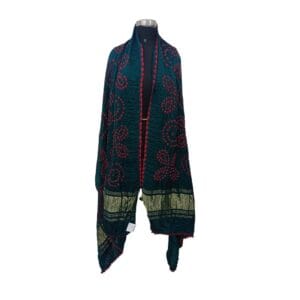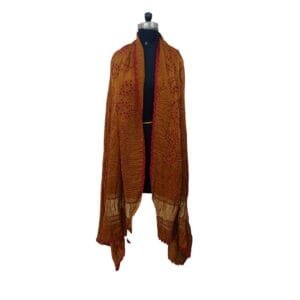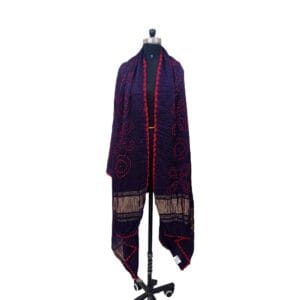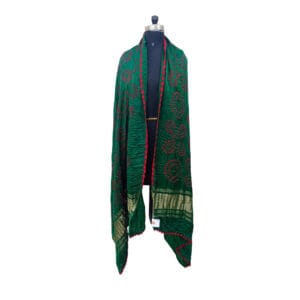Handloomed Weaves From Villages of India
Authentic Handloom sarees
At Village Haat, we strive to bring the age-old traditional art of hand-loomed weaves carefully selected and handpicked straight from weavers all across India. Get pure handloom sarees. Buy handloom saree online from Villagehaat.
New Arrivals
Very much satisfied with these handloom sarees. I brought Gadwal saree for my mom birthday from VillageHaat, it looks very beautiful and the material, color and design is just awesome. Great designs and quality. Thank you and keep rocking.
Lathika Agarwal

A Tradition that dates back to Indus Valley Civilization
At Village Haat we strive to bring the age-old traditional art of hand-loomed weaves carefully selected and handpicked straight from weavers all across the India.








